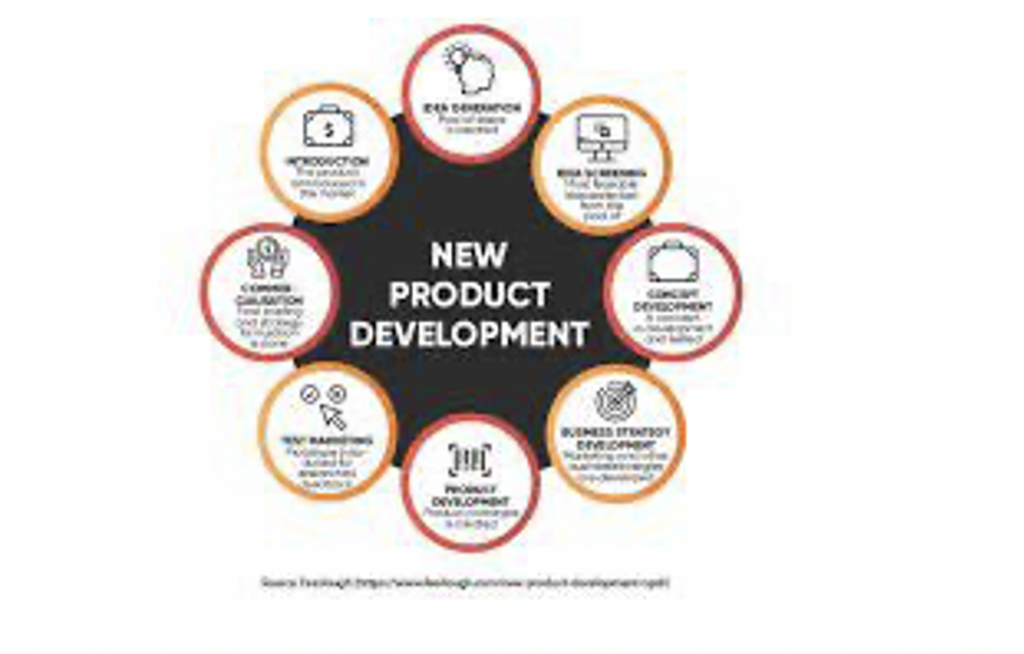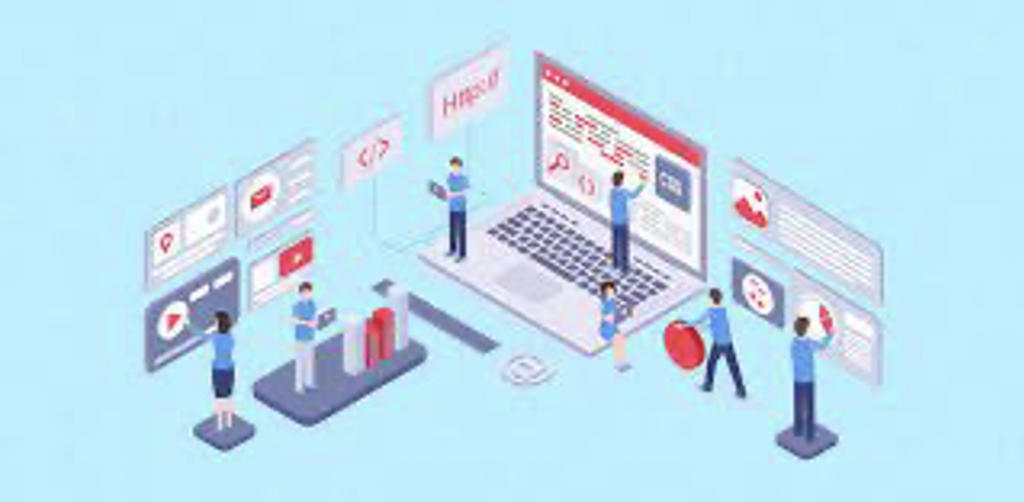In marketing, there are various approaches to the definition of a “new product”. First, the criterion for the novelty of a product can be the time of its manufacture. Secondly, a new product can be considered a product that has some differences. Any progressive change that distinguishes it from similar products on the market. It’s capable of satisfying a previously unknown or unmet need. Thirdly, when defining a new product, one can proceed not from a single criterion, but from their complex with https://diceus.com/step-step-software-development-7-phases-build-product/.
When making a decision to launch a new product into production, it is studied in which areas this product can be used. What new segments of buyers and what proportion of traditional buyers will be supportive of new products. Whether the existing distribution system is suitable for new products, etc.

Marketers have found that the main reason for the failure of new products is insufficient competitive. There are distinctive advantages in comparison with analogue and substitute goods on the market.
In successful corporations around the world, new product planning usually goes through a series of stages. Let’s consider each of them.
Planning for new products begins with the generation of ideas. It is precisely at meeting these needs and the formation of the corresponding distinctive. There are competitive advantages that the development of new products is aimed at. Sources of ideas – employees of the enterprise, distribution channels and so on. Idea generation methods – brainstorming, surveys, analysis of existing products.
At the next stage, product ideas are evaluated. That is, several of the most suitable options are selected from a number of ideas.
Then they check the concept. They present ideas for new products to the customers’ judgment, measure their intentions to make a purchase.
The remaining product ideas are analyzed economically. Possible costs are calculated, the break-even point and the level of profitability are predicted. The capacity of the markets is estimated and the distribution networks are determined.
Product development is the next stage in the planning of a new product. The prototypes of a product intended for production are created and tested on the market.
After product development, trial marketing is carried out. This allows you to assess the reaction of consumers to a new product and the economic feasibility of its promotion to the market. Traditional marketing trial involves the implementation of a full-scale marketing program. It’s applied to a local geographic market within a relatively short period of time (several weeks).
Recently, trial marketing has become widespread. It was carried out through the creation of virtual electronic stores. It acts as a kind of marketing laboratory for testing new products before they enter the market.
Typically, trial marketing is carried out if the cost of a marketing project and its risk are significant. And, at the same time, the costs of conducting trial marketing are significantly lower than the costs. They are associated with introducing a new product to the market with https://diceus.com/.

Test marketing is used primarily when dealing with food and consumer goods. It gives an idea of the likely volume and dynamics of their sales in the future. It provides the last opportunity to make adjustments to the product range and product policy before the start of the commercial sale of the product. At the same time, trial marketing is fraught with a potential danger. It provides consumers with the opportunity to purchase a product. It’s until the moment when the enterprise is able to fully satisfy the demand. This situation can lead to the fact that competitors “take away” of the new product.
The commercial sale of a product is the final stage in the development of a new product. Prior to the stage of commercial implementation, goods are allowed. They have demonstrated their promise during trial marketing. This phase requires the coordination of many elements of marketing activities. It’s production, design, packaging, positioning, sales, pricing and communications.
Laila Azzahra is a professional writer and blogger that loves to write about technology, business, entertainment, science, and health.
